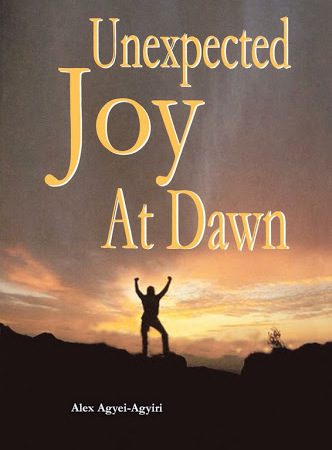
The figures of speech used in William Butler Yeats’ “An Irish Airman Foresees His Death” are assonance, alliteration, antithesis, parallelism, and inversion.
Other poetic devices used in the poem include repetition, and paradox. Now, let’s start with the usage of assonance in the poem.
Assonance
Assonance can be found in lines 9 and 13:
‘Nor law, nor duty …’ (l. 9)
‘I balanced all, brought all to mind.’ (l. 13)
Alliteration
Alliteration is evident in lines 1, 5, and 6:
‘… meet my fate’ (l. 1)
‘My country is Kiltartan Cross,’ (l. 5)
‘My countrymen Kiltartan's poor,’ (l. 6)
Antithesis
Antithesis is used in lines 3 and 4 to show the speaker’s emotional detachment from his duty. The lines illustrate the conflict between the soldier’s emotions and his official assignments:
‘Those that I fight I do not hate,
Those that I guard I do not love;’
(l. 3-4)
Parallelism
There are three instances of parallelism in the poem These parallel statements reinforce the poet’s conception of life, death, duty, and his personal motivations.
First Instance:
‘Those that I fight I do not hate,
Those that I guard I do not love;’
(l. 3-4)
Second Instance:
‘My country is Kiltartan Cross,
My countrymen Kiltartan's poor,’
(l. 5-6)
Third Instance:
‘Nor law, nor duty bade me fight,
Nor public men, nor cheering crowds,’
(l. 9-10)

Inversion
The poet employs the use of inversion in lines 14 to 15 in which the emphatic phrase ‘waste of breath’ ends the first line and begins the next:
‘The years to come seemed waste of breath
A waste of breath the years behind’
(l. 14-15)
Repetition
There is the recurrence of ‘nor’ four times in the poem in two consecutive lines (9 and 10). The repetition of this negative word shows the absence of conventional motivations for joining the military.
Read: Analysis of ‘An Irish Airman Foresees His Death’
‘This’ is also repetitively used in the last line of the poem to draw attention to the connection between the poet’s present life and his imminent demise. This usage suggests that the poet is as good as dead.
Paradox
There is an instance of paradox in the last line of the poem to show the thin line between life and death:
‘In balance with this life, this death.’ (l. 16)
 WHATSAPP: Click HERE to join the new Literature PADI WhatsApp group to receive latest updates on your phone and for further literary discussions!
WHATSAPP: Click HERE to join the new Literature PADI WhatsApp group to receive latest updates on your phone and for further literary discussions!










